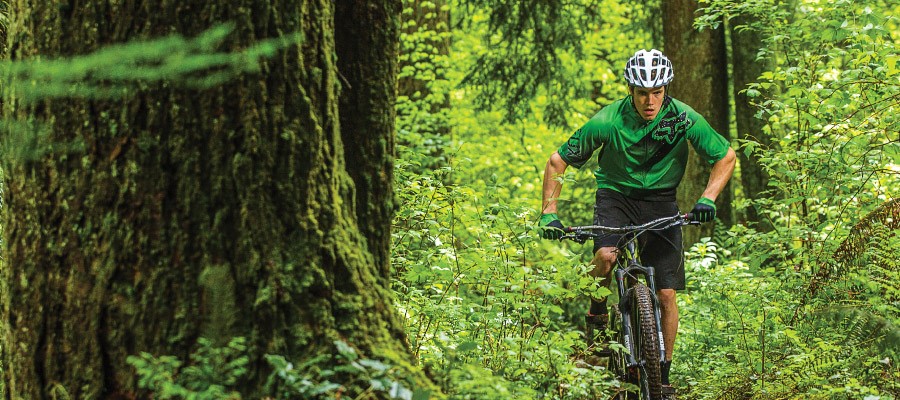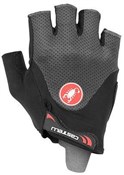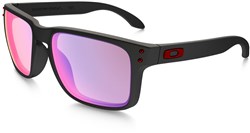It’s warm and dry outside. What other excuse do you need to go for a bike ride? Dress for the occasion and you’ll be cool and comfortable when you step in the saddle.
Why choose cycle-specific clothing?
Cycle specific clothing isn’t just about wearing the latest name brands from the cycling world. When you’re riding your bike, your arms, legs, waist and neck are held in a position that is unique to our sport, and non-cycling clothing isn’t tailored to keep you comfortable in that position.
With your arms stretched out in front changes the shape of your shoulders, and normal clothing can become tight and uncomfortable. When your wait is bent forwards, non-cycling clothing can be too high at the back, and bunch up uncomfortably in front. Cycling jerseys have pockets at the rear for carrying space, instead of at the sides & front where tools & bottles can be uncomfortable.
Recommended spring/summer cycling layers
Base layerBack to top
Most of us equate base layers with winter cycling. However, base layers are not only designed to keep you warm. Lightweight base layers use technical fabrics to help wick away sweat and moisture quickly, keeping you cool and dry and helping minimise the build-up of odour-causing bacteria.
Upper body base layers are available in both long and short-sleeve versions. On cooler, overcast days, long sleeve base layers may be all you need to keep your arms comfortable. If you’re wearing shorts, you can also wear lightweight tights beneath them.
Middle layerBack to top
For most of the summer, your middle layer will also be your outer layer, or even the only upper body layer you wear. Short sleeve jerseys are the preferred middle/single layer option during this warmer time of year. For really hot days, a jersey with a zipper can be opened to help you cool down on the descents.
On milder days, you may prefer a long-sleeve jersey, or you can keep separate arm warmers tucked away in a pocket which can be added or removed quickly.
Outer layerBack to top
Although an outer shell may not be required for most of the time, it is always advisable to pack a lightweight, waterproof jacket. Warmth is not the focus for your outer layer during the spring & summer months – its only job is to keep you dry.
Lightweight packable jackets can weigh as little as 120 grams, and can be packed down so small they fit in the palm of your hand.
Lower bodyBack to top
Lightweight tights and shorts keep you cool and give your legs full freedom to move. Separate leg warmers are also available in case the sun disappears mid ride. Even though it’s warmer, mountain bikers still often prefer ¾ length shorts to provide a little extra coverage through any splashes or muddy sections which haven’t quite dried.
GlovesBack to top
Lightweight and breathable gloves are still a popular option during the summer. Road cyclists often choose short-finger gloves with ultra-breathable mesh backing, which provides minimal insulation whilst maintaining grip and padded comfort on the handlebar.
FeetBack to top
Lightweight mesh-backed shoes with no overshoes keep your feet cool and dry while you pedal. A lightweight pair of overshoes may be packed away in a pocket or backpack in case the weather turns against you, although during the warmer months a bit of rain water on your feet can feel refreshing.
HeadBack to top
Finally, your main concern for your head is keeping it cool. Most cycling helmets boast light weight and effective ventilation as core features. If you feel you’re getting too cold, a multitube or thin skull cap can be worn beneath your helmet to keep the wind at bay.
Sunglasses are highly recommended on sunny days too. The added protection for your eyes ins invaluable, and they keep the wind away to prevent any drying out. For mountain bikers, the trail can quickly take you from well-lit open tracks to shaded & covered wooded trails, and a pair of quality sunglasses which can accommodate both scenarios can make a real difference to your ride.


